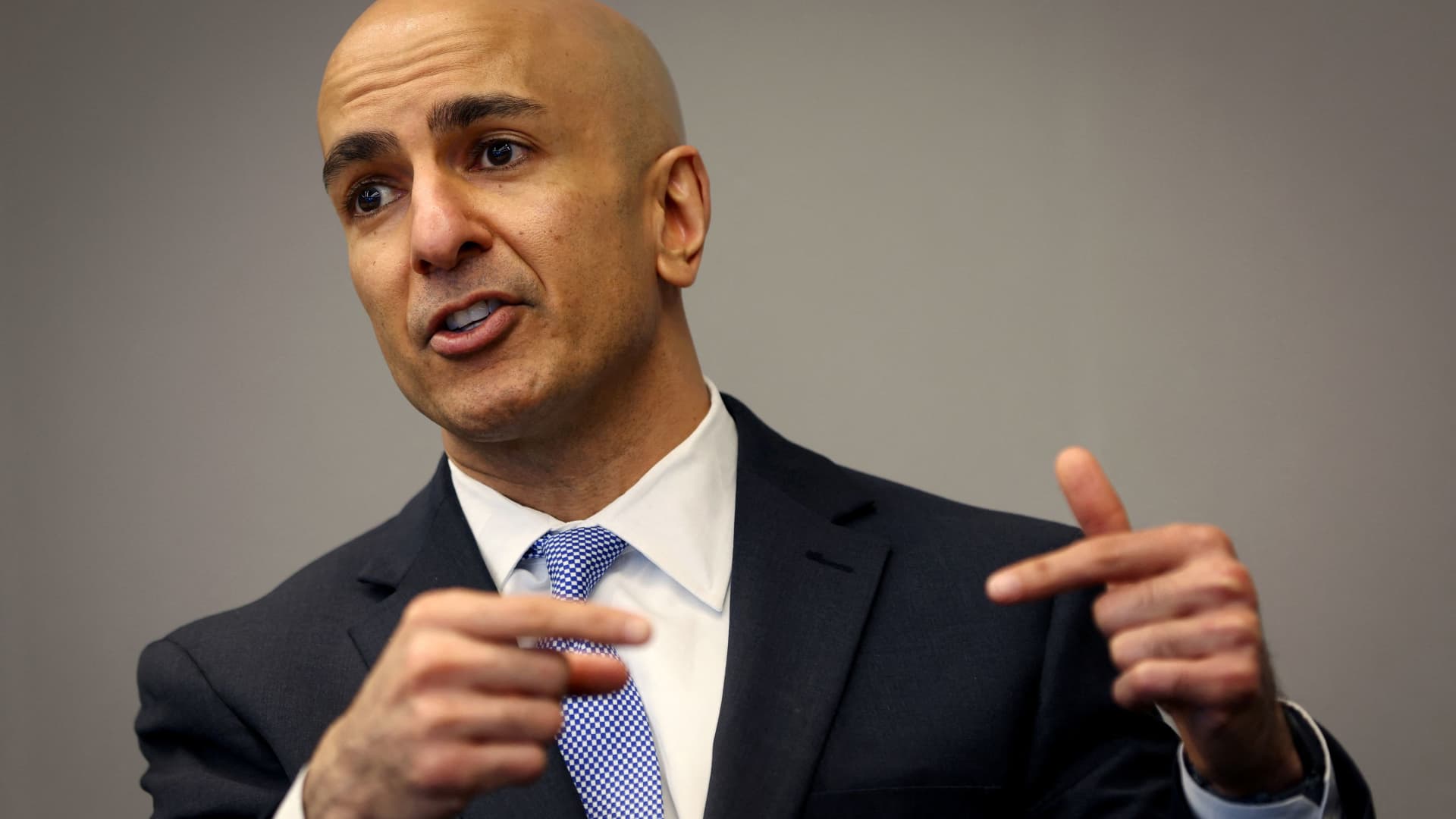
FILE PHOTO: Crude oil tanker Nevskiy Prospect, owned by Russia’s leading tanker group Sovcomflot, transits the Bosphorus in Istanbul, Turkey September 6, 2020.
Yoruk Isik | Reuters
Indian state refiners have stopped buying Russian oil in the past week as discounts narrowed this month and U.S. President Donald Trump warned countries not to purchase oil from Moscow, industry sources said.
India, the world’s third-largest oil importer, is the biggest buyer of seaborne Russian crude, a vital revenue earner for Russia as it wages war in Ukraine for a fourth year.
The country’s state refiners – Indian Oil Corp, Hindustan Petroleum Corp, Bharat Petroleum Corp and Mangalore Refinery Petrochemical Ltd – have not sought Russian crude in the past week or so, four sources familiar with the refiners’ purchase plans told Reuters.
IOC, BPCL, HPCL, MRPL and the federal oil ministry did not immediately respond to Reuters’ requests for comment.
The four refiners regularly buy Russian oil on a delivered basis and have turned to spot markets for replacement supply – mostly Middle Eastern grades such as Abu Dhabi’s Murban crude and West African oil, sources said.
Private refiners Reliance Industries and Nayara Energy, majority owned by Russian entities including oil major Rosneft, have annual deals with Moscow and are the biggest Russian oil buyers in India.
On July 14, Trump threatened 100% tariffs on countries that buy Russian oil unless Moscow reaches a major peace deal with Ukraine.
Indian refiners are pulling back from Russian crude as discounts shrink to their lowest since 2022, when Western sanctions were first imposed on Moscow, due to lower Russian exports and steady demand, sources said.
Refiners fear the latest EU curbs could complicate overseas trade including fund raising — even for buyers adhering to the price cap. India has reiterated its opposition to “unilateral sanctions“.
Trump on Wednesday announced a 25% tariff on goods imported from India from August 1, but added that negotiations were ongoing. He also warned of potential penalties for purchase of Russian arms and oil.
On Monday, Trump cut the deadline to impose secondary sanction on buyers of Russian exports to 10-12 days from the previous 50-day period, if Moscow does not agree a peace deal with Ukraine.
Russia is the top supplier to India, responsible for about 35% of India’s overall supplies.
Private refiners bought nearly 60% of India’s average 1.8 million barrels per day of Russian oil imports in the first half of 2025, while state refiners that control over 60% of India’s overall 5.2 million bpd refining capacity, bought the remainder.
Reliance purchased Abu Dhabi Murban crude for loading in October this month, an unusual move by the refiner, traders said.






